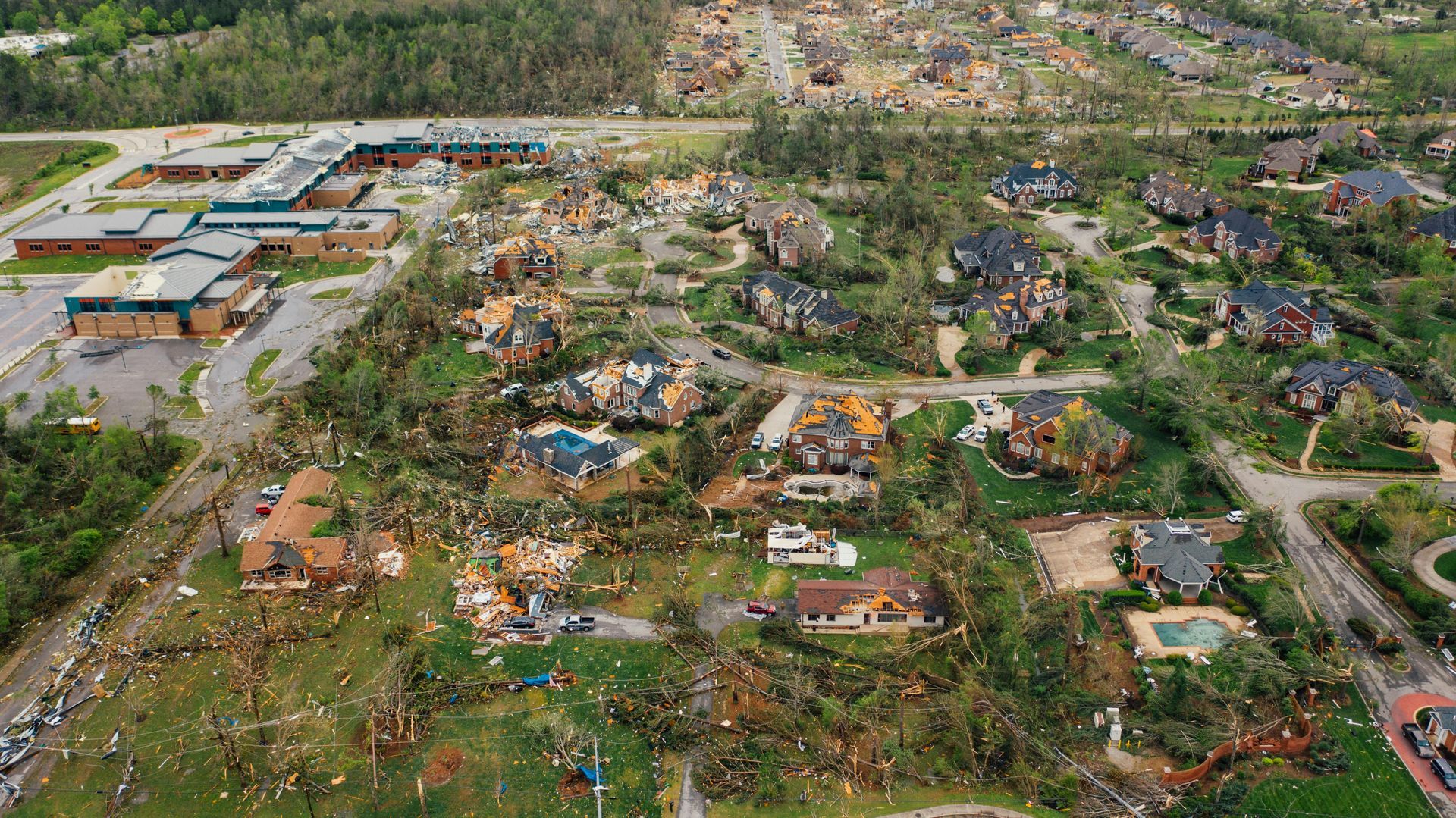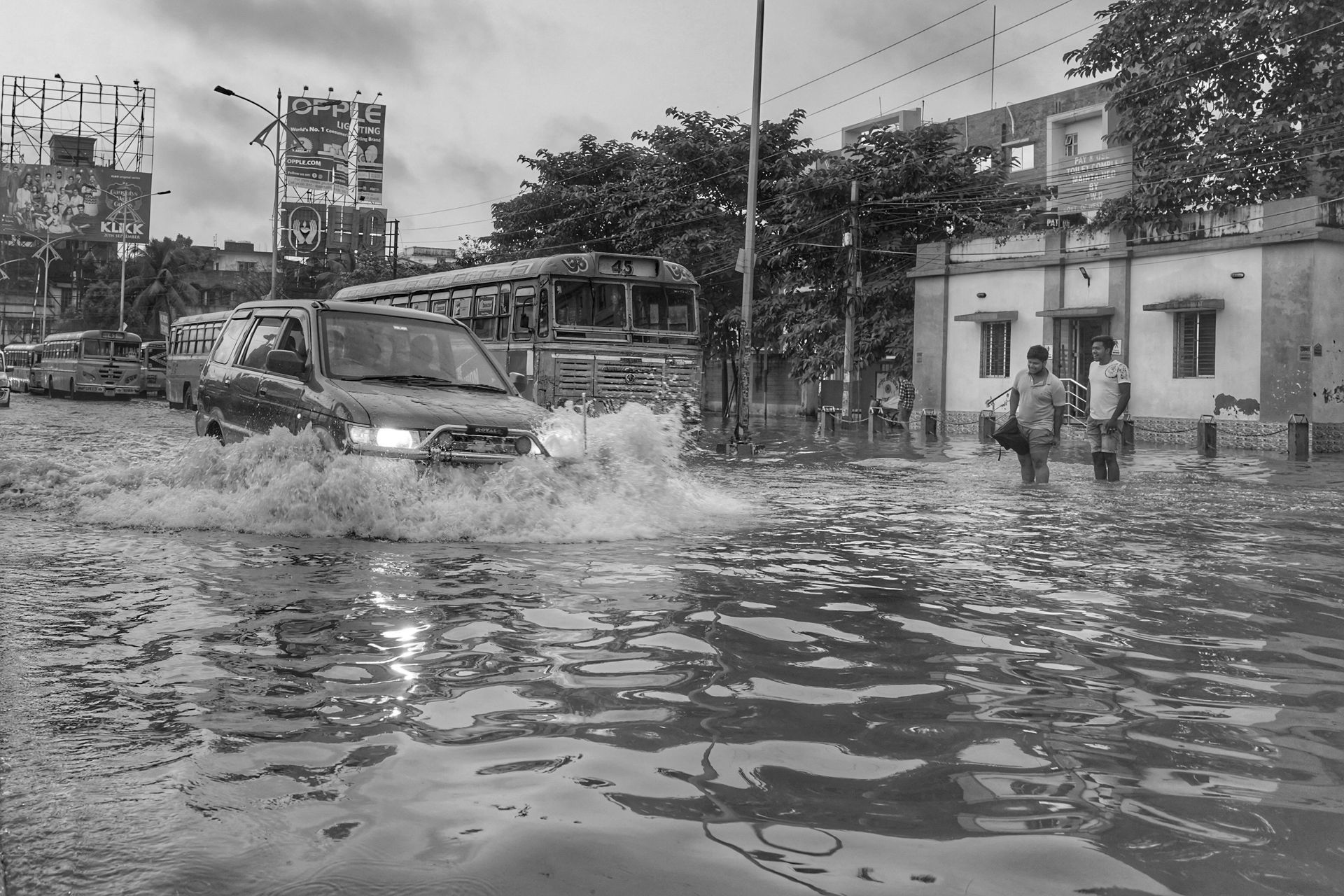Rebuilding After the Storm
A Step-by-Step Guide to Restoring Your Property
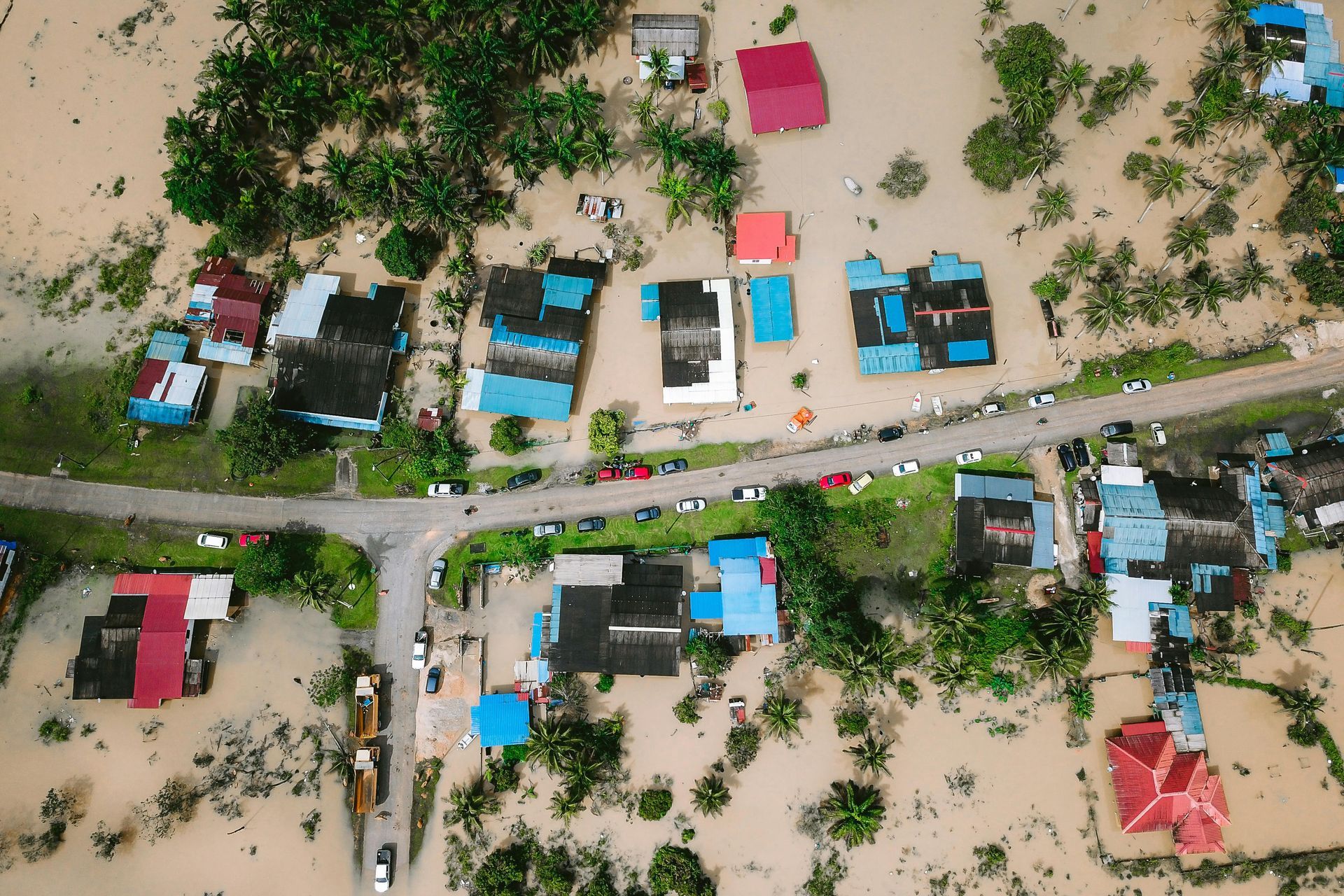
Storms are unpredictable, leaving behind a trail of damage that can feel overwhelming. Whether it’s fallen trees, broken roofs, or water-soaked interiors, the aftermath of a storm can challenge even the most prepared homeowners. However, with the right approach, rebuilding after a storm doesn’t have to feel insurmountable. This step-by-step guide will walk you through the process of restoring your property efficiently and effectively.
Step 1: Ensure Safety First
Before you begin any assessment or cleanup, ensure that it’s safe to return to your property. Storm-damaged areas can pose a variety of risks, including electrical hazards, structural instability, and sharp debris.
Safety Checklist:
- Inspect the Surroundings: Look for downed power lines, gas leaks, or unstable trees.
- Wait for Clearance: Follow local authorities' advisories about when it’s safe to re-enter the area.
- Wear Protective Gear: Use gloves, sturdy boots, and safety goggles when assessing damage.
Pro Tip: If you suspect gas leaks, leave the property immediately and contact your utility provider.
Step 2: Document the Damage
Thorough documentation of storm damage is critical for insurance claims and repair planning.
How to Document:
- Take clear, detailed photos and videos of all damage, including:
- Roof, walls, windows, and doors
- Interiors, including ceilings, floors, and personal belongings
- Exterior structures, such as fences, sheds, and decks
- Make a list of damaged items, noting their approximate value.
Reminder: Avoid starting any cleanup before documenting the damage to ensure full insurance coverage.
Step 3: Contact Your Insurance Company
Once you’ve documented the damage, notify your insurance provider as soon as possible. Early communication can speed up the claims process.
Tips for Working with Insurance:
- File a Claim Promptly: Most insurance policies have specific time limits for reporting damage.
- Provide Documentation: Share photos, videos, and an inventory of damaged items.
- Understand Your Policy: Review your coverage, including deductibles and exclusions.
- Ask About Temporary Repairs: Many policies cover temporary fixes to prevent further damage.
Pro Tip: Keep all correspondence with your insurance company for future reference.
Step 4: Mitigate Further Damage
Preventing additional damage is essential for protecting your property and ensuring compliance with insurance requirements.
Temporary Repairs to Consider:
- Cover broken windows or roof holes with tarps or plywood.
- Remove waterlogged items to reduce mold growth.
- Shut off water, gas, and electricity to prevent further hazards.
Reminder: Keep receipts for any materials or services used in temporary repairs. These may be reimbursable through your insurance policy.
Step 5: Engage Professional Inspections
Storm damage isn’t always visible to the naked eye. Professionals can identify hidden issues that might otherwise go unnoticed, saving you from costly repairs down the line.
Inspections to Schedule:
- Roofing Experts: Check for structural damage, loose shingles, and leaks.
- Electricians: Ensure the electrical system is safe and operational.
- Plumbers: Inspect for broken pipes or water system issues.
- Mold Specialists: Assess for hidden mold growth in damp areas.
Pro Tip: Disaster restoration companies like Disaster South can provide comprehensive assessments and repair plans.
Step 6: Plan Your Restoration Strategy
Restoration is a multi-phase process, and having a clear plan will keep you on track. Prioritize urgent repairs first, followed by long-term improvements.
Prioritization Tips:
- Structural Repairs: Address critical issues like foundation cracks, roofing, and walls.
- Water Damage Restoration: Dry out waterlogged areas to prevent mold and decay.
- Cosmetic Repairs: Once your home is structurally sound, focus on repainting, flooring, and aesthetics.
Pro Tip: Work with contractors who specialize in storm damage restoration to ensure quality results.
Step 7: Clean Up Safely and Thoroughly
Cleanup can be a daunting task, but approaching it methodically will make it more manageable.
Cleaning Tips:
- Remove debris from the yard and secure it in designated disposal areas.
- Clean water-damaged areas with disinfectants to prevent mold and bacteria.
- Dispose of unsalvageable items responsibly, following local waste management guidelines.
Reminder: Some items, like electronics or upholstered furniture, may not be salvageable after water damage.
Step 8: Rebuild Smarter and Stronger
Rebuilding after a storm is an opportunity to enhance your property’s resilience against future disasters.
Resilient Upgrades to Consider:
- Impact-Resistant Windows and Doors: Protect against wind and flying debris.
- Stronger Roofing Materials: Use shingles rated for high winds or consider metal roofing.
- Improved Drainage Systems: Install sump pumps, French drains, or backflow valves.
- Elevated Structures: If you’re in a flood-prone area, consider raising your home’s foundation.
Pro Tip: Consult with contractors about incorporating storm-resistant features into your repairs.
Step 9: Reconnect Utilities and Systems
Once the major repairs are complete, focus on restoring essential utilities and systems.
Checklist for Reconnection:
- Test your electrical system and appliances for functionality.
- Flush out plumbing systems and ensure no leaks remain.
- Reinstall HVAC systems, checking for debris or water damage.
Reminder: Always hire licensed professionals for utility work to ensure safety and compliance with local codes.
Step 10: Prepare for Future Storms
Recovering from one storm is the perfect time to prepare for the next. Strengthening your home’s defenses and revisiting your emergency plan can help you weather future storms with less stress.
Preparation Tips:
- Restock your emergency kit with fresh supplies.
- Update your home insurance policy to reflect new upgrades or improvements.
- Schedule regular maintenance, including roof inspections and gutter cleanings.
Pro Tip: Consider installing a whole-house generator to keep your home powered during outages.
How Disaster South Can Help
At Disaster South, we specialize in helping homeowners navigate the challenging process of storm recovery. Our comprehensive services include:
- Thorough Damage Assessments: Identifying visible and hidden damage to create a tailored restoration plan.
- Expert Repairs: From roofing to water damage, we handle all aspects of rebuilding with precision and care.
- Resilience Enhancements: Incorporating storm-resistant features to protect your home from future events.
Contact Us Today: Call 877-84-STORM or visit our website to schedule a consultation and take the first step toward restoring your property.
Conclusion
Rebuilding after a storm can feel overwhelming, but a step-by-step approach makes the process manageable. By prioritizing safety, documenting damage, engaging professionals, and planning your restoration carefully, you can restore your property—and your peace of mind—with confidence.
Remember, you don’t have to face the challenges of recovery alone. Disaster South is here to guide you every step of the way, from initial assessments to final repairs. Let us help you rebuild not just your property, but your life.
Take action today—contact Disaster South for expert guidance in restoring and fortifying your home after the storm.

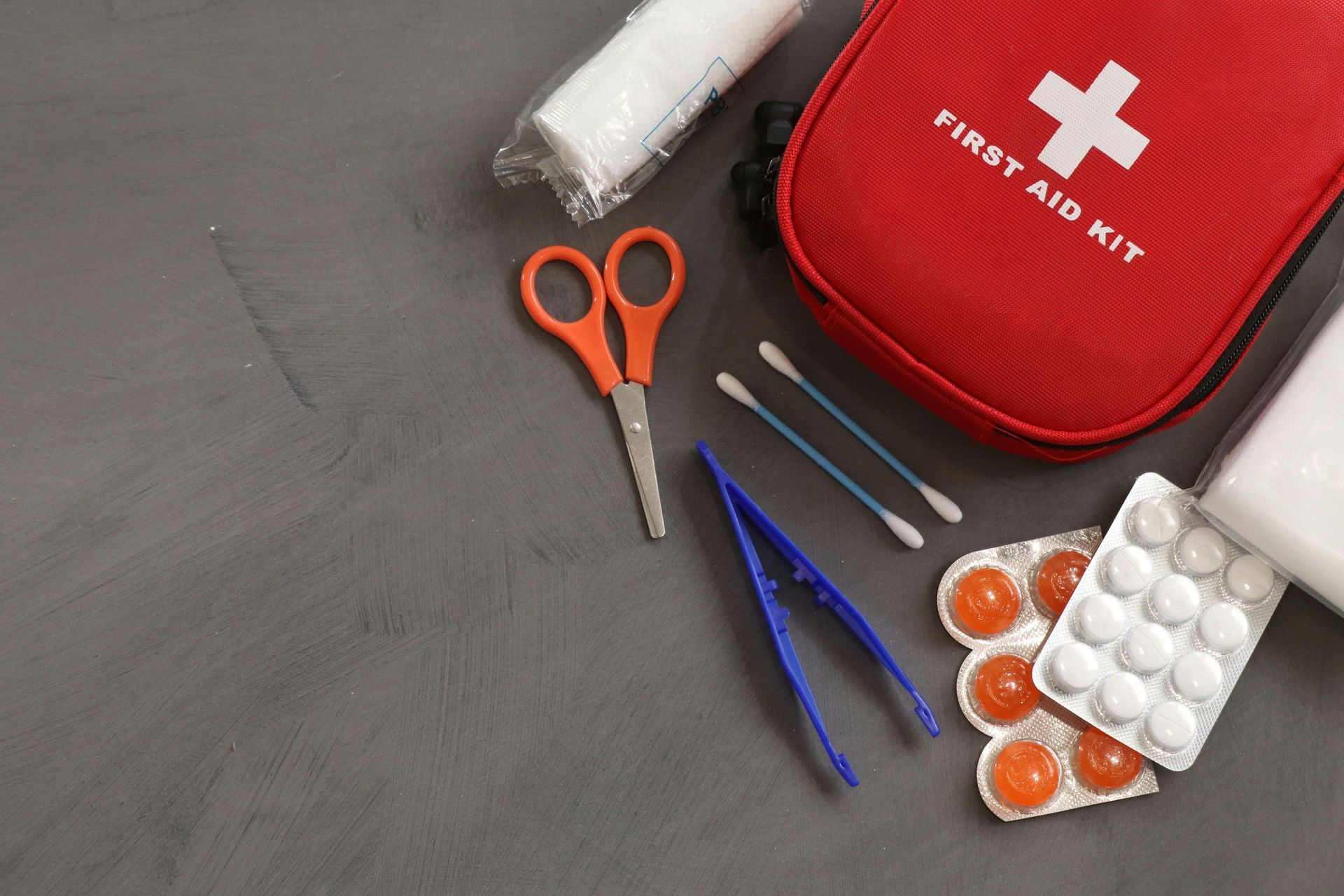
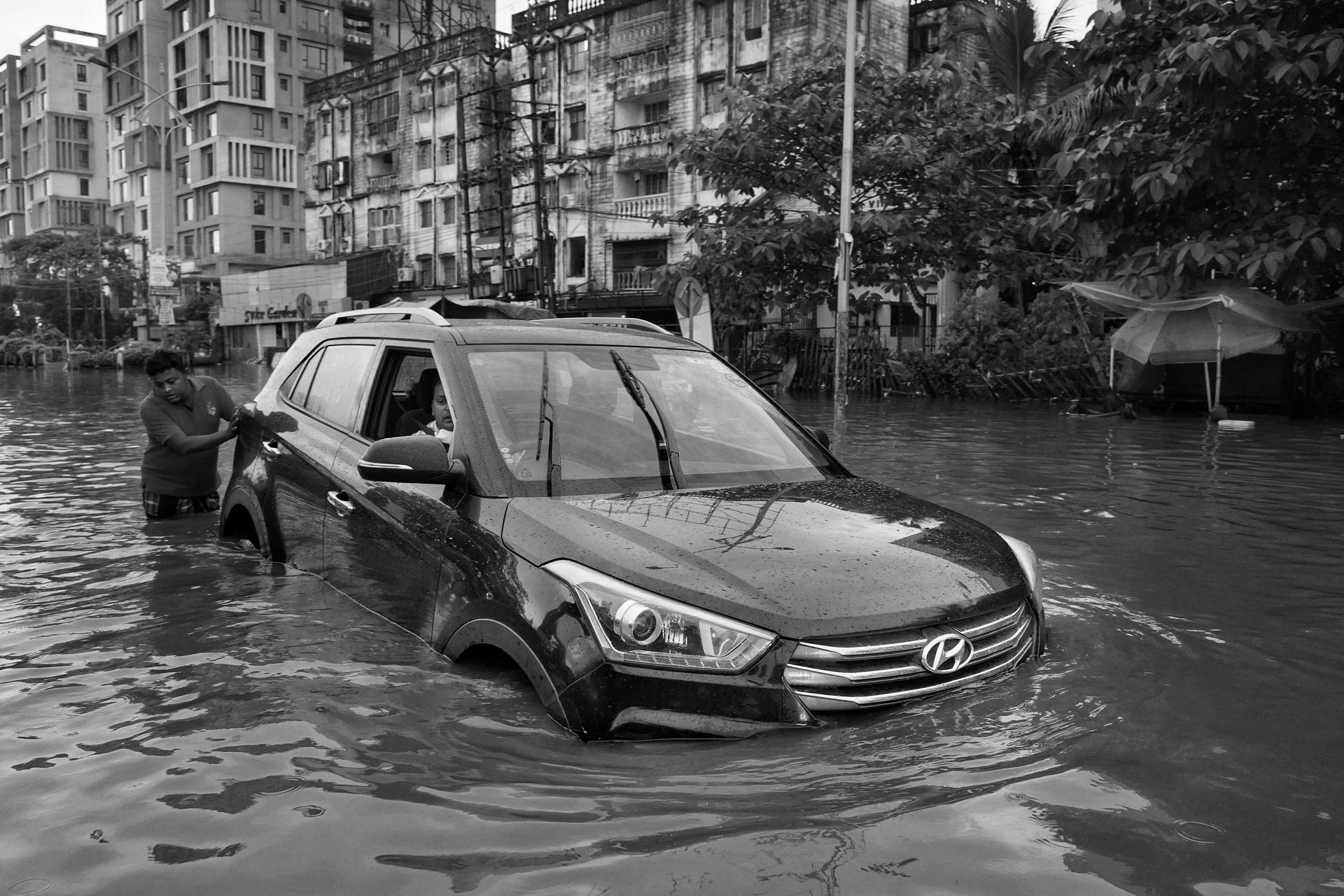


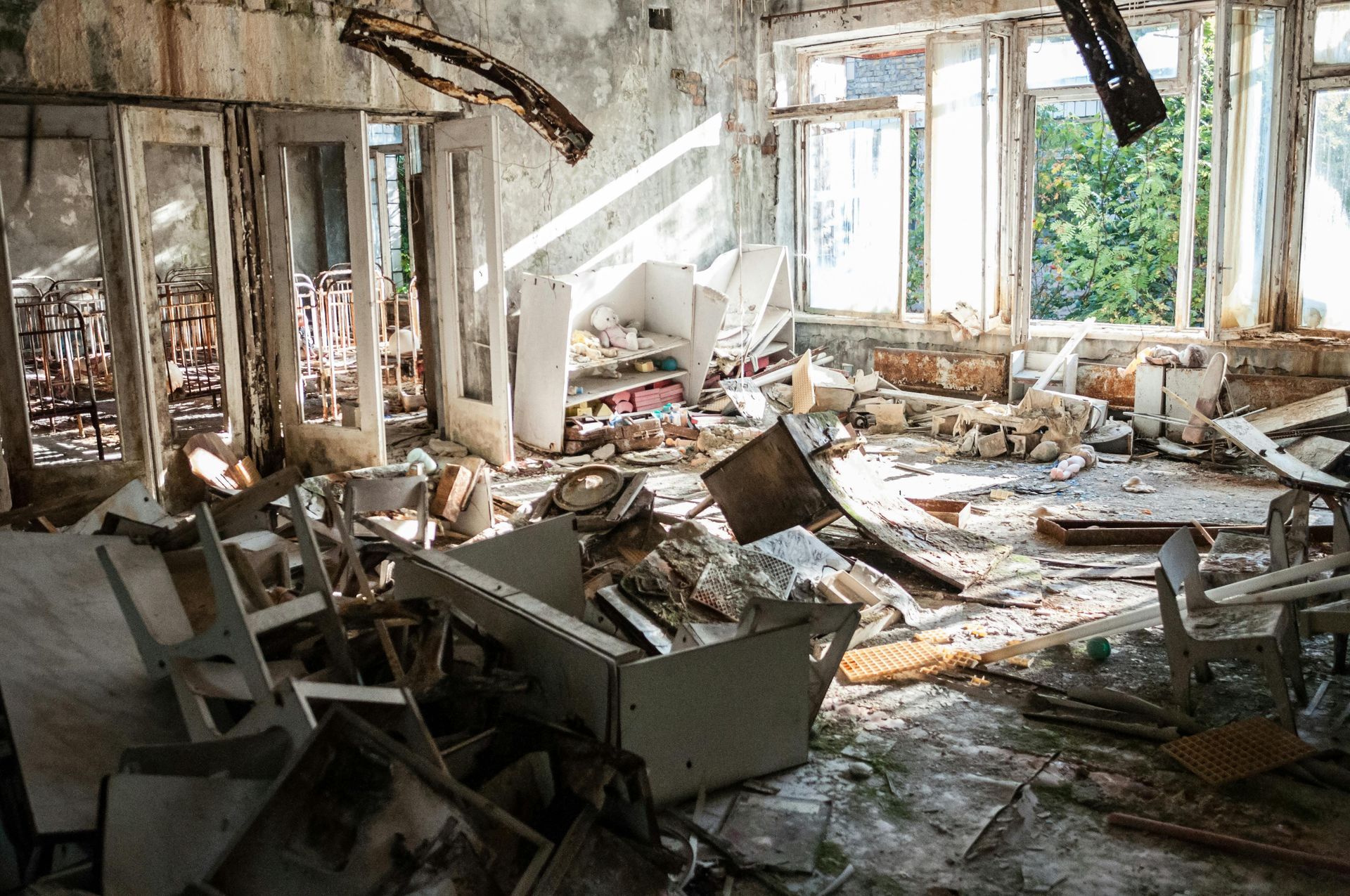
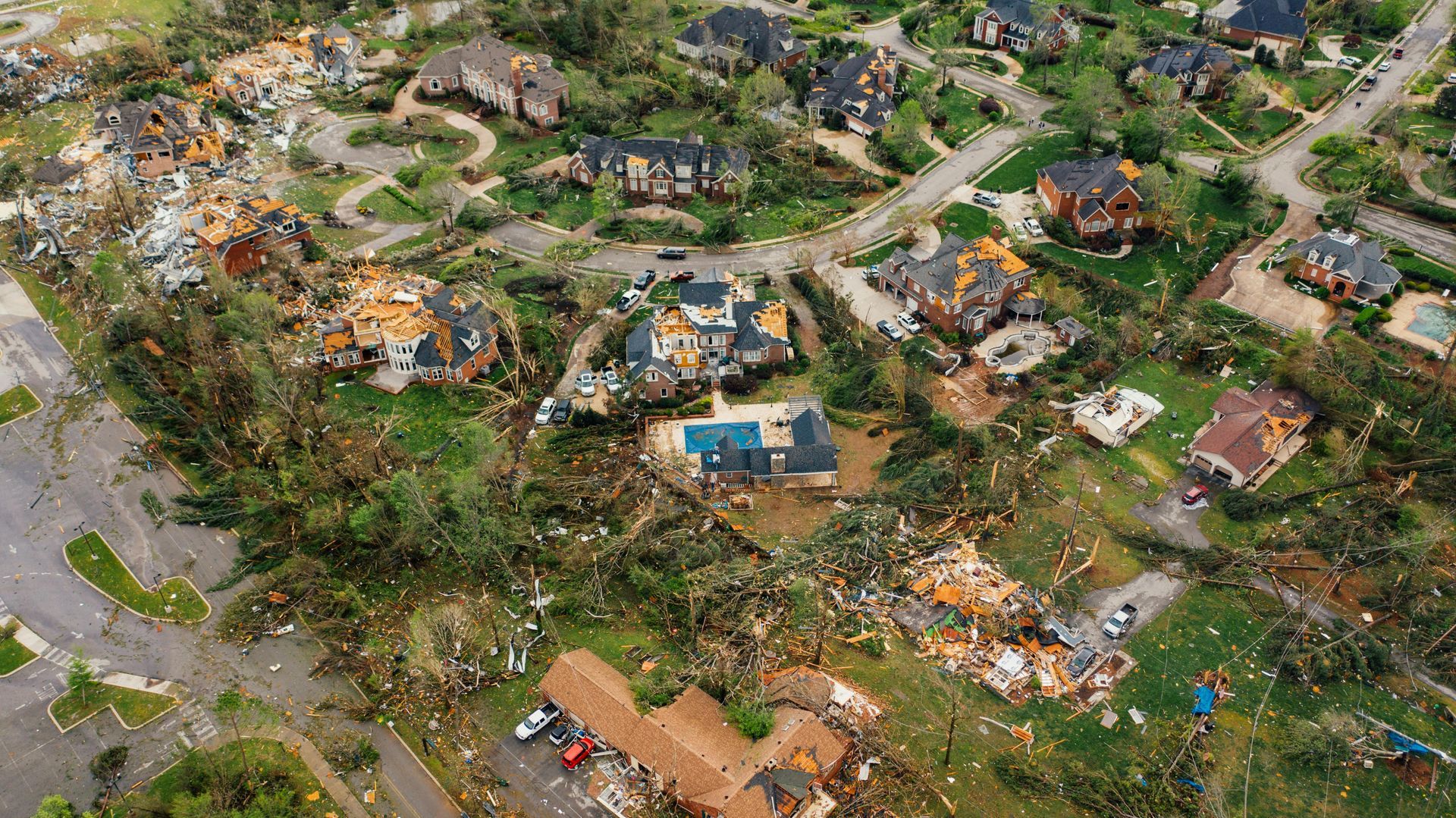
It’s Time to Restore Your Property, Reclaim Your Life, and Get Back to What Matters Most
All Rights Reserved | Disaster South
